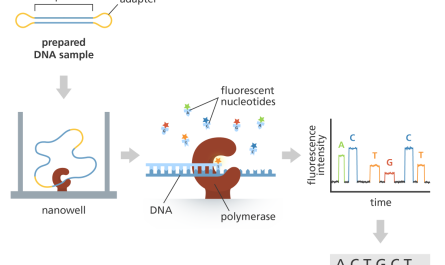What is Primary Sclerosing Cholangitis?
Primary sclerosing cholangitis (PSC) is a rare chronic liver disease characterized by inflammation and scarring of the bile ducts within the liver. The bile ducts are tubular structures that carry bile from the liver to the small intestine. When the bile ducts become inflamed and scarred from PSC, they become narrowed and blocked. Over time, this damage can lead to cirrhosis and liver failure.
Causes of PSC
The exact cause of PSC is unknown, but it is considered an autoimmune disease where the immune system mistakenly attacks the bile ducts. Genetics likely play a role, as PSC often occurs in families and is associated with certain genetic variations. Other potential contributing factors include environment, infection, and dysregulation of the immune system. PSC frequently co-exists with inflammatory bowel disease (IBD), especially ulcerative colitis. The relationship between these two conditions is not fully understood.
Symptoms of PSC
PSC symptoms tend to develop slowly over many years. Early symptoms are often vague and non-specific, making diagnosis difficult. Common early symptoms include fatigue, itching, and abdominal discomfort or pain. As the disease progresses and more bile ducts become damaged, people may develop symptoms of jaundice, weight loss, severe itching, and bloody stools. Late stages can involve severe complications like cirrhosis, liver failure, and liver cancer. Not everyone experiences symptoms, and some may have PSC found incidentally during testing for other conditions.
Diagnosis of PSC
Diagnosing Primary Sclerosing Cholangitis requires ruling out other potential causes through a combination of medical history, physical exam, blood tests, imaging tests, and often a liver biopsy. Key tests include:
– Liver function tests to check for elevated levels of bilirubin and alkaline phosphatase
– Diagnostic imaging like ultrasound, CT scans, or MRCP to visualize the bile ducts
– Endoscopic retrograde cholangiopancreatography (ERCP) to directly examine the bile ducts
– Liver biopsy to check for characteristic scarring patterns
PSC is diagnosed when imaging and biopsy show inflammatory and fibrotic changes specific to the bile ducts in someone without another identifiable cause. It is considered a diagnosis of exclusion.
Treatment and Management of PSC
While there is no cure for PSC, treatment aims to slow disease progression, manage symptoms, and prevent complications. Mild cases may only require monitoring for worsening. As disease progresses, treatment may include:
– Ursodeoxycholic acid (UDCA) to help stimulate bile flow and reduce pain
– Antibiotics to treat bacterial overgrowth and infections
– Medications to treat associated IBD if present
– Endoscopic procedures to relieve bile duct blockages
– Evaluation for liver transplantation if cirrhosis or liver cancer develops
Strict monitoring by a gastroenterologist is important as PSC has an unpredictable course. Overall care involves addressing nutrition, management of symptoms like itching, vaccination against hepatitis A and B, and cancer screening. Lifestyle measures like avoiding oral contraceptives and heavy alcohol use are also recommended.
Prognosis of PSC
The long-term prognosis of PSC varies greatly between individuals. In some cases, the disease progresses very slowly with little impact on life expectancy. But up to a third of people with PSC eventually require a life-saving liver transplant due to complications within 20 years of diagnosis. Close medical monitoring helps predict outcomes and identify when transplantation may become necessary. With proper management, many individuals with PSC live decades long lives. But PSC also carries an increased lifetime risk of liver cancer even after transplantation.
Note:
1. Source: Coherent Market Insights, Public sources, Desk research
2. We have leveraged AI tools to mine information and compile it



